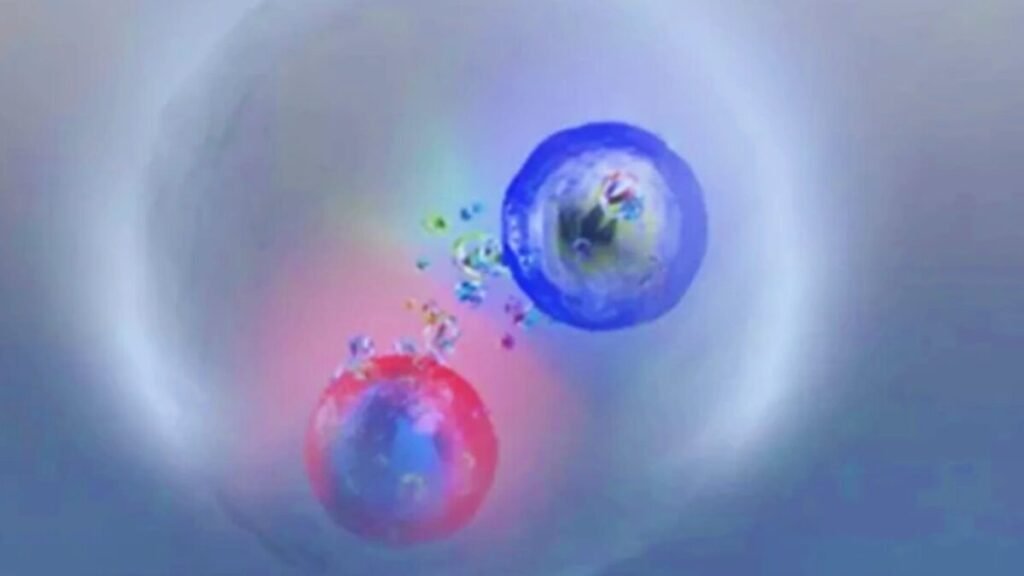The Toponium Mystery: CERN’s Discovery Shaking Up Quantum Physics Boundaries

For decades, it was almost a mythical idea in particle physics: a fleeting union between a top quark and an anti-top quark that nobody expected to observe. Now, scientists have confirmed its existence and raised new questions about the boundaries of quantum mechanics and the Standard Model.
An improbable union that defies theory

Unlike other quarks, the top quark decays so rapidly that it doesn’t have time to form stable particles like protons or neutrons. However, quantum mechanics allows them to interact before decaying under extreme conditions like those recreated at the LHC, creating an ephemeral system that seemed undetectable until now.
Scientists managed to observe this phenomenon, providing clear evidence of its existence for the first time. According to the study, this result not only validates theories from three decades ago but also shows that there are still quantum states to be discovered within the limits of the Standard Model.
Coincidences that reinforce the discovery

Although the toponium hypothesis was proposed in the nineties, there was no solid evidence until now. Recently, the CMS experiment at CERN also detected an excess of pairs in data collected between 2016 and 2018, a clue pointing to the existence of this state.
Now, the ATLAS experiment, with over 5,000 scientists from around the world, has confirmed a similar pattern with data collected between 2015 and 2018. The coincidence between both experiments increases the certainty of the discovery, although researchers do not rule out other explanations, such as the presence of an unknown particle with a mass close to twice that of the top quark.
With this observation, scientists add a new piece to the puzzle of the subatomic universe, demonstrating that even in the most studied field of particle physics, there are still secrets waiting to be revealed.





